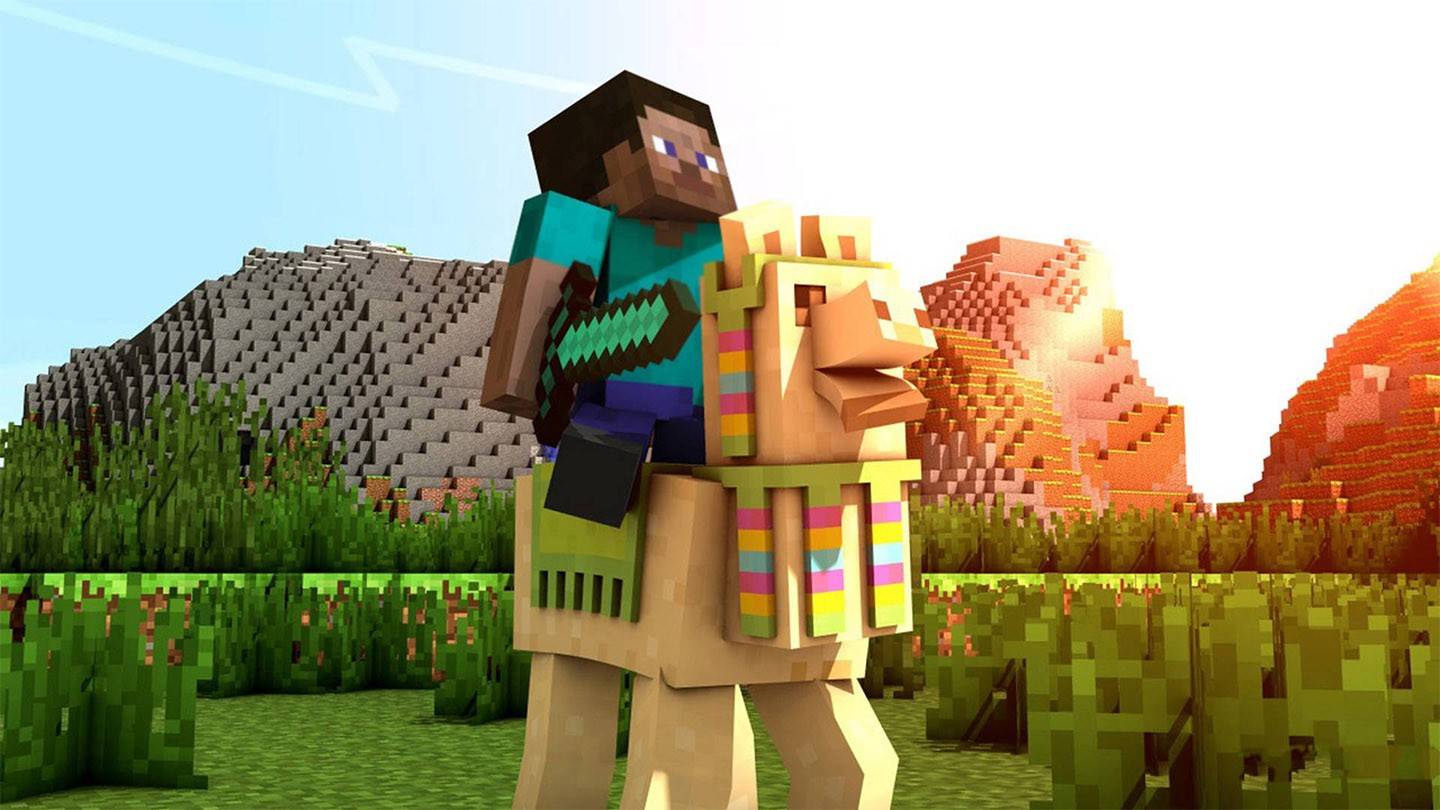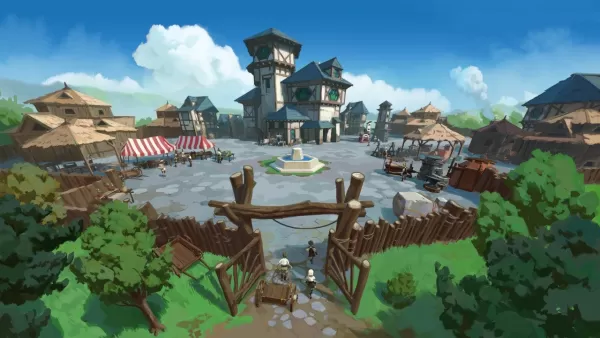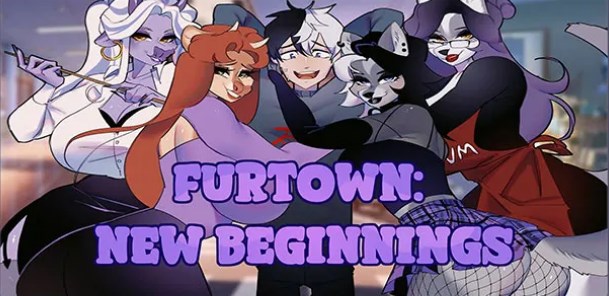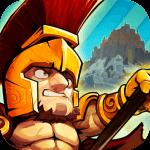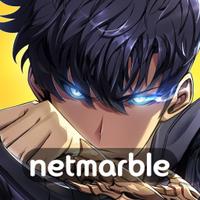The beloved plumber brothers, Mario and Luigi, almost had a grittier, edgier makeover in their latest game. However, Nintendo stepped in to ensure the game maintained its signature style. Let's explore the art direction journey of Mario & Luigi: Brothership.
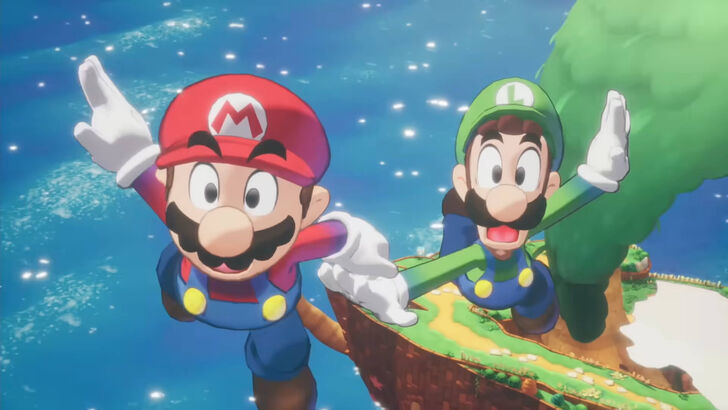
Exploring Diverse Artistic Styles
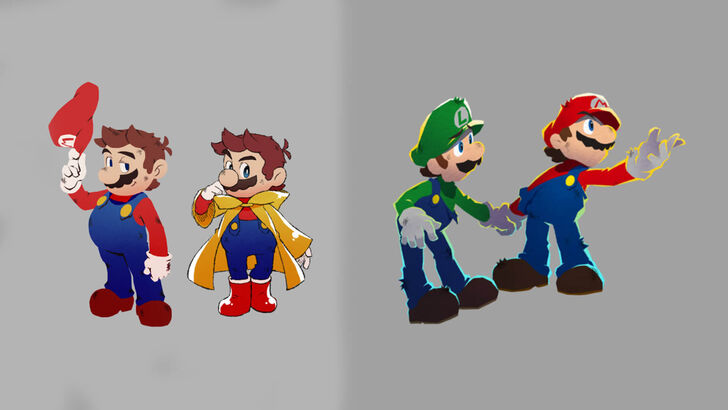
In a December 4th "Ask the Developer" feature on Nintendo's website, Acquire, the game's developers, revealed an initial design featuring a more rugged, edgy Mario and Luigi. Nintendo, however, felt this deviated too far from the established characters' identity.
Akira Otani and Tomoki Fukushima (Nintendo) and Haruyuki Ohashi and Hitomi Furuta (Acquire) discussed the development process. Acquire, aiming for unique 3D visuals that differentiated the game from other Mario titles, experimented with various styles, leading to the initially edgier concept.
Furuta recounted the initial proposal of a more rugged Mario, followed by Nintendo's feedback emphasizing the need to maintain the recognizable Mario & Luigi aesthetic. Nintendo provided guidelines outlining the defining characteristics of the brothers throughout the series. Furuta admitted initial concerns about whether the edgier design resonated with player expectations.
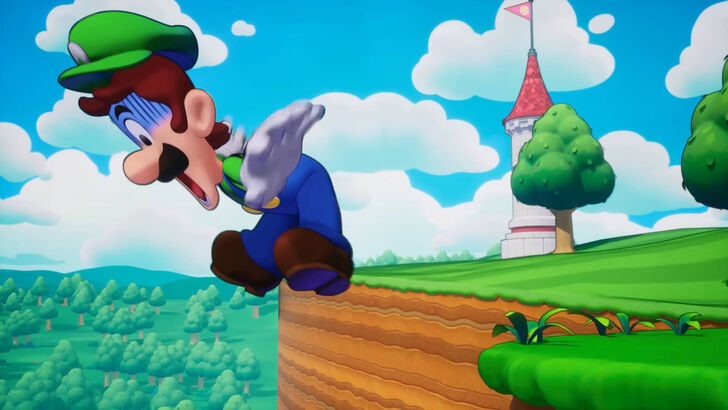
The team ultimately blended the appeal of bold illustrations (solid outlines, prominent eyes) with the charm of the series' characteristic comedic animations. This fusion created a unique art style for the game. Otani added that while Nintendo encouraged Acquire's creative freedom, preserving the core Mario essence was paramount.
Navigating Development Challenges

Acquire, known for darker, less vibrant games like Octopath Traveler and the Way of the Samurai series, naturally gravitated towards a more serious tone. Furuta acknowledged this inherent tendency. Developing a game based on a globally recognized IP also presented a unique challenge for the studio, accustomed to working with their own original characters.
Ultimately, the collaboration proved successful. The team consciously steered towards a fun, chaotic adventure style, incorporating Nintendo's design principles for clarity and accessibility. The resulting game world is brighter and more user-friendly thanks to this collaborative approach.

